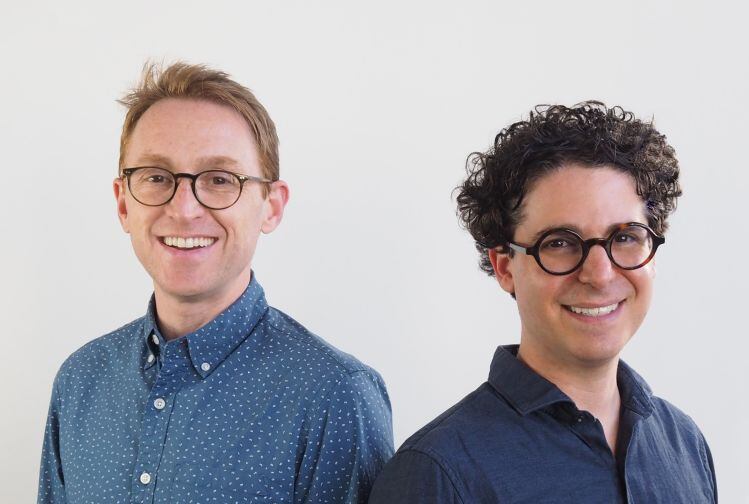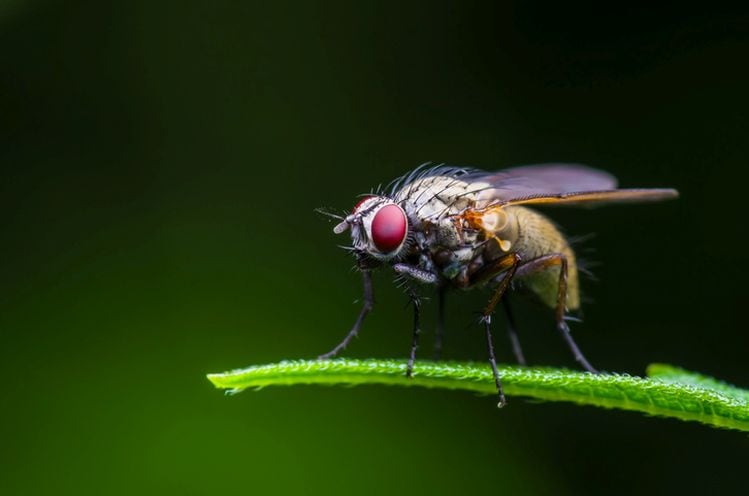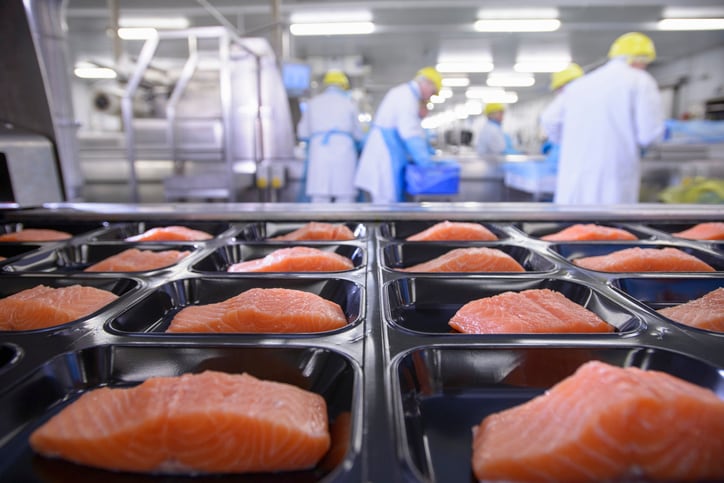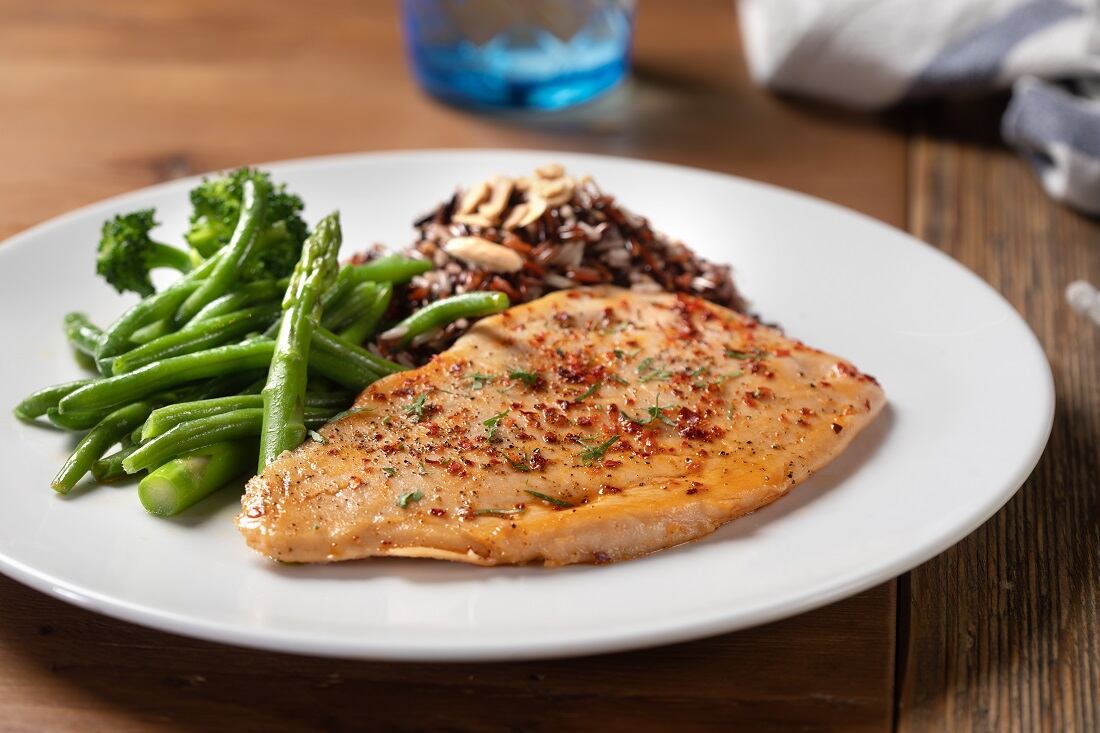Speaking to FoodNavigator-USA after announcing the San Francisco-based firm’s series B round,* Wildtype co-founder Dr Aryé Elfenbein said: “Since we founded Wildtype, we’ve seen production costs come down significantly. They've come down even since we opened our pilot production facility last year, which was designed to help us rapidly iterate product innovation and production processes.
“Considering the past trajectory, we’re confident we’ll be able to continue driving down production costs to the point where our product is commercially viable, and that it will happen without significant new technological breakthroughs.”
‘We’ve increased our yields by more than five-fold over the past two years’
Higher-density cell cultures, more efficient use of food-grade media, food-grade equipment in facilities, and dramatic cost reductions in recombinant protein and growth factor production are all needed for this technology to be commercially viable at scale, he said, and Wildtype is seeing significant progress on all these fronts.
But cell density - broadly analogous to the feed conversion ratio in conventional agriculture, denoting the mass of cells produced for a particular volume of a nutrient formulation - "is the single most important metric for our industry in terms of scaling in a way that provides accessible products to end consumers,” he stressed.
“We’ve increased our yields by more than five-fold over the past two years.”
‘We have reduced our media costs by more than three-fold over the last two years’
As for cell media costs, he said: “We have reduced our media costs by more than three-fold over the last two years, principally through thinking creatively about substitution and eliminating any non-critical components from the nutrient blend.”
Put another way, he said, it’s been a case of “both defining the minimal requisite nutrient formulation for optimal cell growth, and by selecting for cells that thrive within lower-cost nutrient formulations.”
‘One of the most difficult things for us to achieve early on was the creation of a reliable set of seafood cell lines that could grow in tanks with good harvest yields’
As for defining what cells need for optimal cell growth, he said, it varies by species and cell type, “While the functions of media components are similar across species, and similarly affect the cells from seafood species, there are many important differences in the culture media of seafood cell lines. These include the salinity, pH, concentrations of proteins, and available energy sources such as sugars and fats.
“The optimal concentrations of oxygen and other critical molecules, as well as the optimal temperatures vary for different media formulations and for different cell lines.”
As the process of creating fish cell lines for 3D scale-up, and defining optimized nutrition formulations for said cells have not been described in the scientific literature, he added: “One of the most difficult things for us to achieve early on was the creation of a reliable set of seafood cell lines that could grow in tanks with good harvest yields. This was a multi-year journey that required the hard work of numerous talented and dedicated researchers on our team.
“Having developed dozens of cell lines and nutrition formulations in-house, our system of salmon cell production is unlike any other in the world and very specific to the cells of these unique animals.”
‘Specialized, highly scalable methods to produce plant-based scaffolds…’
Asked how Wildtype is achieving the unique texture of salmon and other seafood products, he said Wildtype had developed “specialized, highly scalable methods to produce plant-based scaffolds that are compatible with our cells; these result in a product that’s both immediately identifiable as raw salmon and is characterized by the many complexities of flavor, texture, and aroma of salmon."
He didn't disclose the composition of the plant-based scaffold, but said the combination of scaffold and cells "creates the complex textures that are characteristic of Wildtype’s salmon products. For scaffold production, we’ve drawn inspiration from large-scale industries like textile fabrication to ensure that they can be produced in a high-throughput, low-cost manner.”
‘One area in which we’d like to see more investment is in bioreactors, where lead times today can exceed 12 months’
Notwithstanding all the work pioneers in the cell-cultured meat industry have done in house on cell media, scaffolding and so on, there is now an entire ecosystem of companies springing up to support the growth of cell-cultured meat and seafood, which longer-term will be critical to the growth of this nascent industry, acknowledged co-founder Justin Kolbeck.
“There are a number of exciting developments on this front, both from established players like Merck [cell media] as well as startup companies such as Matrix Meats [now Matrix F.T. - scaffolding], Gelatex [scaffolding] and Future Fields [using fruit flies to produce growth factors and other high-value proteins for cell media].
“We’ve been working with a number of these partners over the years, and that pace will have to increase dramatically if we are even going to produce 1% of the world’s seafood supply. Given the sheer volume of seafood demand – 178 million tons in 2018 - we’re going to need all of the help we can get.”
He added: “One area in which we’d like to see more investment is in bioreactors, where lead times today can exceed 12 months.”
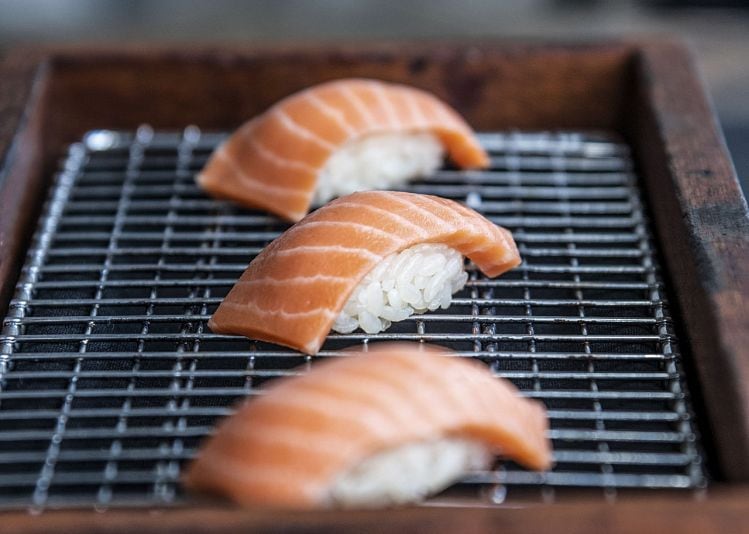
The go-to-market strategy and timetable
So when might we see Wildtype’s cultivated salmon hit the US market, and what kind of scale is the company operating at right now?
According to Kolbeck: “We are currently operating at a very modest pilot scale [at a plant in San Francisco’s Dogpatch neighborhood]. A big part of our use of funds from this series B round will be dedicated to scaling up our production capacity, both at this facility and a larger facility that will come online in the coming months to support commercial launch of Wildtype salmon as soon as we complete our pre-market consultation with FDA.”
Dr Elfenbein added: “People should expect to find cultivated seafood at restaurants across the country once the FDA consultation process is completed."
FDA: ‘We expect to disclose all information about an individual consultation to the public after we complete our review’
Asked to clarify what information will be shared with the public about the way individual companies are producing cultivated meat and seafood products after it completes its pre-market consultations, an FDA spokesperson told FoodNavigator-USA: “Other than proprietary information protected by statute, our current thinking is we expect to disclose all information about an individual consultation to the public after we complete our review.”
Kolbeck added: “Wildtype has shared all inputs and processes with the FDA in the spirit of transparency, and to design a robust food safety program.
"We understand people have questions about this technology and we believe transparency is absolutely critical in the important work ahead of building trust with our future customers. As a result, we plan to partner with the FDA to make a significant portion of our pre-market safety assessment available to the public.”
‘We applaud Joe Fassler and other journalists who challenge the notion that cellular agriculture technology is inevitable’
Asked to comment on Joe Fassler’s 2021 article in The Counter - which draws upon two techno-economic analyses (CE Delft 2021 and Humbird 2020) to query the viability of cell-cultured meat - Kolbeck said: “We applaud Joe Fassler and other journalists who challenge the notion that cellular agriculture technology is inevitable and that all of the risks have been addressed.
“The next few years are absolutely pivotal, and the onus is on companies like Wildtype to efficiently deploy the capital with which we have been entrusted to scale our technology and delight our future customers with delicious products.
“Groundbreaking technological advances always seem impossible until companies operating at the frontier bring them to market. I haven’t checked, but I’m sure you could find similar articles from 2002 confidently proclaiming that Tesla would never get a fully electric vehicle to scale. Twenty years later, we are all preparing to happily escort the internal combustion engine to the dustbin of history.”
*Wildtype’s series B round was led by L Catterton, and includes investments from Leonardo DiCaprio, Bezos Expeditions, Temasek, S2G Ventures Oceans and Seafood Fund, Robert Downey Jr.'s FootPrint Coalition, Cargill, and several prominent chefs and professional athletes.
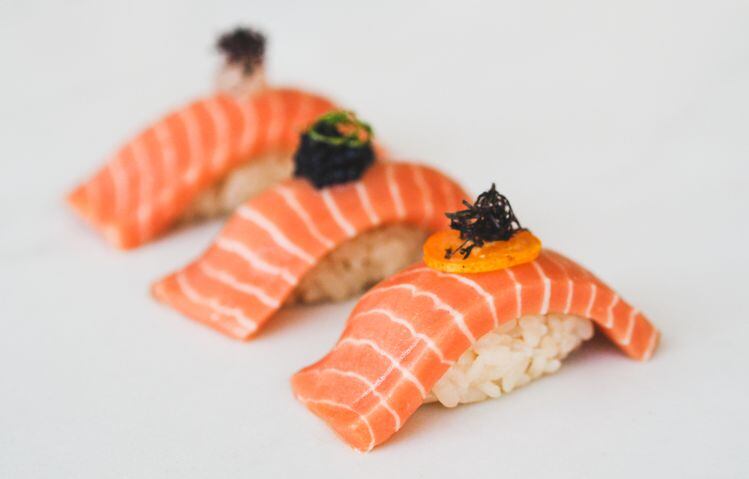
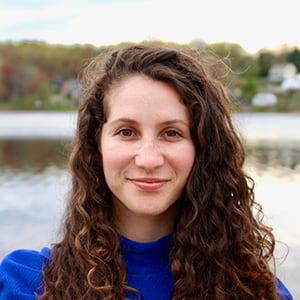
“This investment in Wildtype is a powerful sign of progress and investor confidence in cultivated seafood and will help get these game-changing products to market. This is the largest raise we’ve seen from a cultivated seafood company and brings us closer to getting these products on dinner tables across the country.
"It’s also worth noting that Cargill, one of the world’s largest meat companies, has invested in Wildtype, adding to their previous roster of investments in cultivated meat. This sends a message to the world that conventional meat companies see alternative proteins as a critical solution to meeting the growing global demand for protein.”
Marika Azoff, corporate engagement specialist, The Good Food Institute

